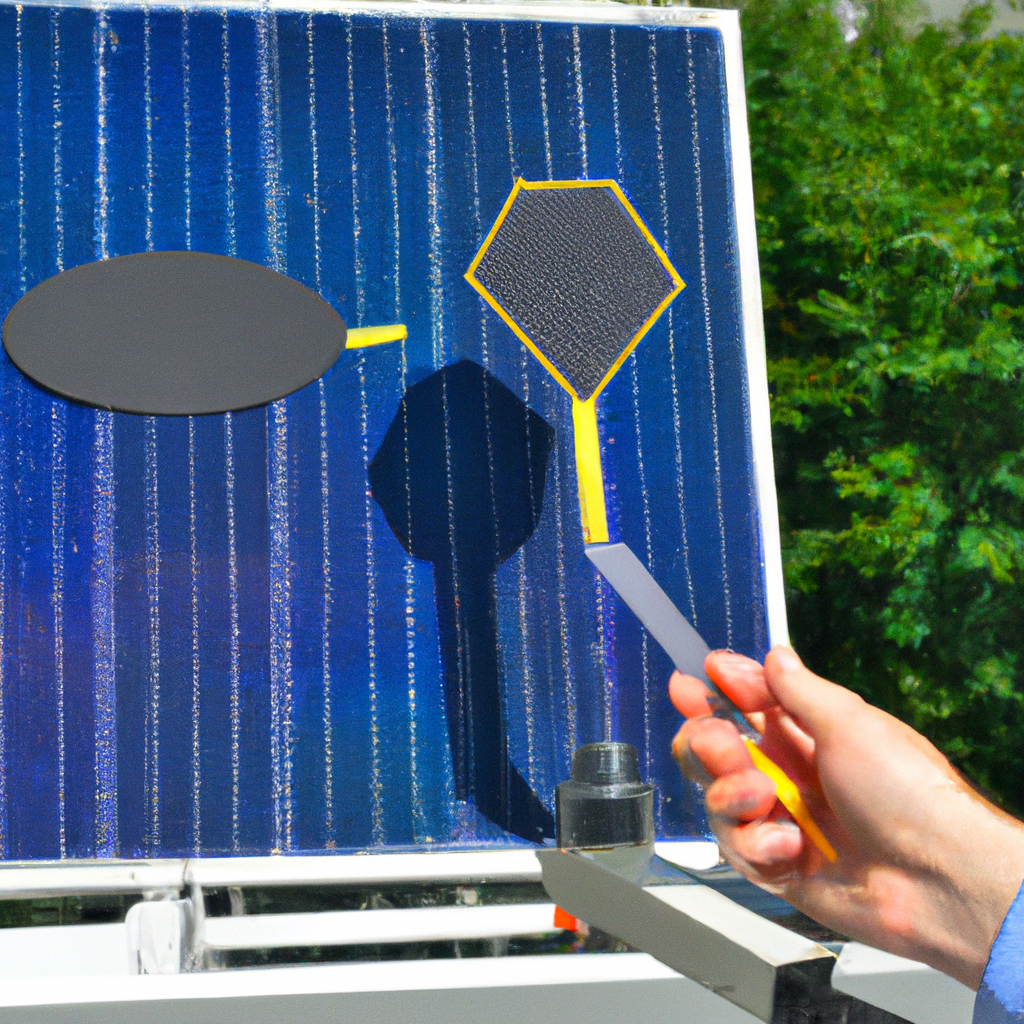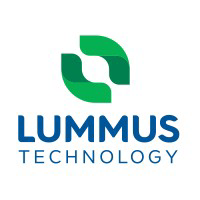
Characterization Techniques in Solar Photovoltaics

Team EveryEng
Mechanical Engineering
FREE
1 already enrolled!
Beginner course for learners

Characterization Techniques in Solar Photovoltaics
Trainers feedback
0
(0 reviews)
Team EveryEng
Mechanical Engineering
Course type
Watch to learn anytime
Course duration
167 Min
Course start date & time
Access anytime
Language
English
This course format through pre-recorded video. You can buy and watch it to learn at any time.
Why enroll
To have a understanding of the key techniques used to characterize solar cells and photovoltaic materials.
To understand the importance of each technique in diagnosing performance limitations and improving solar cell efficiency.
To gain practical skills in operating characterization equipment and analyzing the resulting data.
Course content
The course is readily available, allowing learners to start and complete it at their own pace.
Characterization Techniques in Solar Photovoltaics
5 Lectures
167 min
Introduction to Characterization Techniques
44 min
Vacuum Technology in Solar Photovoltaics
23 min
Introduction of Pressure Gauges
36 min
Electron Microscopy in Solar Photovoltaics
23 min
Impedance Spectroscopy
41 min
Course details
Introductory course in Characterization Techniques in Solar Photovoltaics. It provides an exploration of the various characterization techniques used to study and evaluate photovoltaic (PV) materials and devices.
Source : NPTEL IIT Roorkee(Youtube Channel)
Prof. Soumitra Satapathi, Dept. of Physics, IIT Roorkee
Course suitable for
Energy & Utilities Electrical
Key topics covered
Why people choose EveryEng
Industry-aligned courses, expert training, hands-on learning, recognized certifications, and job opportunities—all in a flexible and supportive environment.
- Industry Veteran
- Trainer Review

Team EveryEng
Mechanical Engineering
Questions and Answers
A: Characterization techniques in solar photovoltaics are essential because they allow researchers and engineers to evaluate the material properties, device performance, and degradation mechanisms of solar cells. These techniques help in understanding how a photovoltaic device converts sunlight into electrical energy efficiently and reliably. By using methods such as IV curve tracing, quantum efficiency measurements, and impedance spectroscopy, we can diagnose issues, optimize fabrication processes, and improve the overall efficiency of solar cells. For more detailed information, you can visit the National Renewable Energy Laboratory's resource on solar cell characterization: https://www.nrel.gov/pv/characterization.html
A: In-situ characterization methods such as real-time spectroscopic ellipsometry, photoluminescence monitoring, and laser reflectometry enable observation of material properties and layer formation during fabrication. These real-time techniques facilitate process optimization, immediate defect detection, and improved reproducibility by providing direct feedback. For example, in-situ ellipsometry can track film thickness and refractive index during deposition, allowing for precise control. These advancements reduce manufacturing costs and improve device quality. A comprehensive overview can be found here: https://www.sciencedirect.com/science/article/abs/pii/S136403211830945X
A: Emerging photovoltaic materials like perovskites and organic solar cells often present challenges such as instability under illumination or atmosphere, non-uniformity, and complex defect physics. Characterization techniques must therefore be adapted to minimize sample degradation during measurement and to capture transient or non-equilibrium phenomena. For instance, time-resolved PL or transient absorption spectroscopy are required to study carrier dynamics that are fast and sensitive. Also, standard IV testing protocols may need modification for hysteresis behavior in perovskites. Addressing these challenges is an active research area, with reviews such as https://www.nature.com/articles/s41560-019-0318-6 providing updates.
A: Impedance spectroscopy measures the response of a solar cell to a small AC signal over a range of frequencies, revealing information about charge transport, recombination, and capacitive elements within the device. This technique can distinguish different processes such as charge transfer resistance and capacitive behavior at interfaces, which are critical for identifying bottlenecks in device efficiency and degradation pathways. By analyzing Nyquist or Bode plots generated from impedance data, experts can model the equivalent electrical circuit of the solar cell. This technique is widely discussed in the literature, for example, in the review by Bisquert et al.: https://pubs.acs.org/doi/10.1021/jp0487429
A: Photoluminescence (PL) imaging is a non-destructive technique used to map the spatial distribution of radiative recombination within a solar cell. It helps detect defects, grain boundaries, and areas of poor material quality that affect the cell’s performance. PL intensity correlates with minority carrier lifetime and can indicate regions with higher recombination losses. This imaging technique is especially useful during manufacturing and quality control to improve yield and performance. More details can be found in this tutorial: https://www.pvsci.com/docs/tutorial-on-photoluminescence-imaging
A: For thin-film solar cells, common characterization techniques include Current-Voltage (IV) measurements to determine efficiency and fill factor, External Quantum Efficiency (EQE) to assess wavelength-dependent response, Photoluminescence (PL) and Electroluminescence (EL) imaging to detect defects and recombination sites, and Spectroscopic Ellipsometry for material thickness and optical property analysis. Additionally, techniques like X-ray Diffraction (XRD) and Atomic Force Microscopy (AFM) help in studying the structural and surface morphology, which directly affect device performance. For an in-depth review, you might find this article useful: https://www.sciencedirect.com/science/article/pii/S136980011730343X
A: Lock-in thermography (LIT) is a sensitive technique that detects local heat generation in a solar cell by applying a modulated electrical or optical excitation and analyzing the thermal response with an infrared camera. Defects such as shunts, cracks, or non-radiative recombination centers generate localized heating, which LIT can spatially resolve with high sensitivity. This method is non-destructive and valuable for screening manufactured solar cells for quality assurance. For more on LIT, see https://www.pveducation.org/pvcdrom/characterization/lock-in-thermography
A: Temperature significantly influences solar cell behavior—carrier mobility, recombination rates, and junction dynamics are temperature-dependent, affecting voltage, current, and overall efficiency. During characterization, measurements are often performed at standardized temperatures (usually 25°C) to ensure comparability. Temperature control is achieved using thermal stages or environmental chambers that regulate the device temperature during IV, QE, or PL measurements. Understanding temperature effects also aids in modeling real-world performance and identifying thermal degradation mechanisms. This is discussed in depth by Green in his book 'Solar Cells: Operating Principles, Technology, and System Applications.'
A: Quantum efficiency (QE) measurements evaluate how effectively a solar cell converts incident photons into charge carriers. This can be performed as External Quantum Efficiency (EQE), which measures the number of charge carriers collected per incident photon at each wavelength, or Internal Quantum Efficiency (IQE), which considers only absorbed photons. The measurement setup typically involves monochromatic light sources, calibrated detectors, and precise current measurement under controlled bias conditions. QE curves provide insight into optical losses, carrier collection efficiency, and spectral response. The methodology is detailed in the IEC 60904-10 standard and this educational resource: https://www.pveducation.org/pvcdrom/characterization/quantum-efficiency
More from Same Author
- Technical Courses
- Articles
1249
Online
Live courses
Beginner
Online
Live courses
Interacting with trainer
1621
Online
Live courses
Online
Live courses
Interacting with trainer
1549
Online
Live courses
Online
Live courses
Interacting with trainer
Earning and Growth option in same Industry Domain
- Pre-recorded
- Online live session
- Offline
- Articles
745
1
E-Learning
Unlimited access
Beginner
E-Learning
Unlimited access
Pre-recorded videos
1021
1
E-Learning
Unlimited access
Beginner
E-Learning
Unlimited access
Pre-recorded videos
645
E-Learning
Unlimited access
Advanced
E-Learning
Unlimited access
Pre-recorded videos
More Training & Development option to expand your reach
- Technical courses
- Soft-skills courses
- Seminars
- Articles & Blogs
302
Online
Live courses
December 27
30 Hrs
Advanced
Online
Live courses
Interacting with trainer
541
Online
Live courses
January 24
45 Hrs
Advanced
Online
Live courses
Interacting with trainer
245
Online
Live courses
February 21
30 Hrs
Advanced
Online
Live courses
Interacting with trainer
























